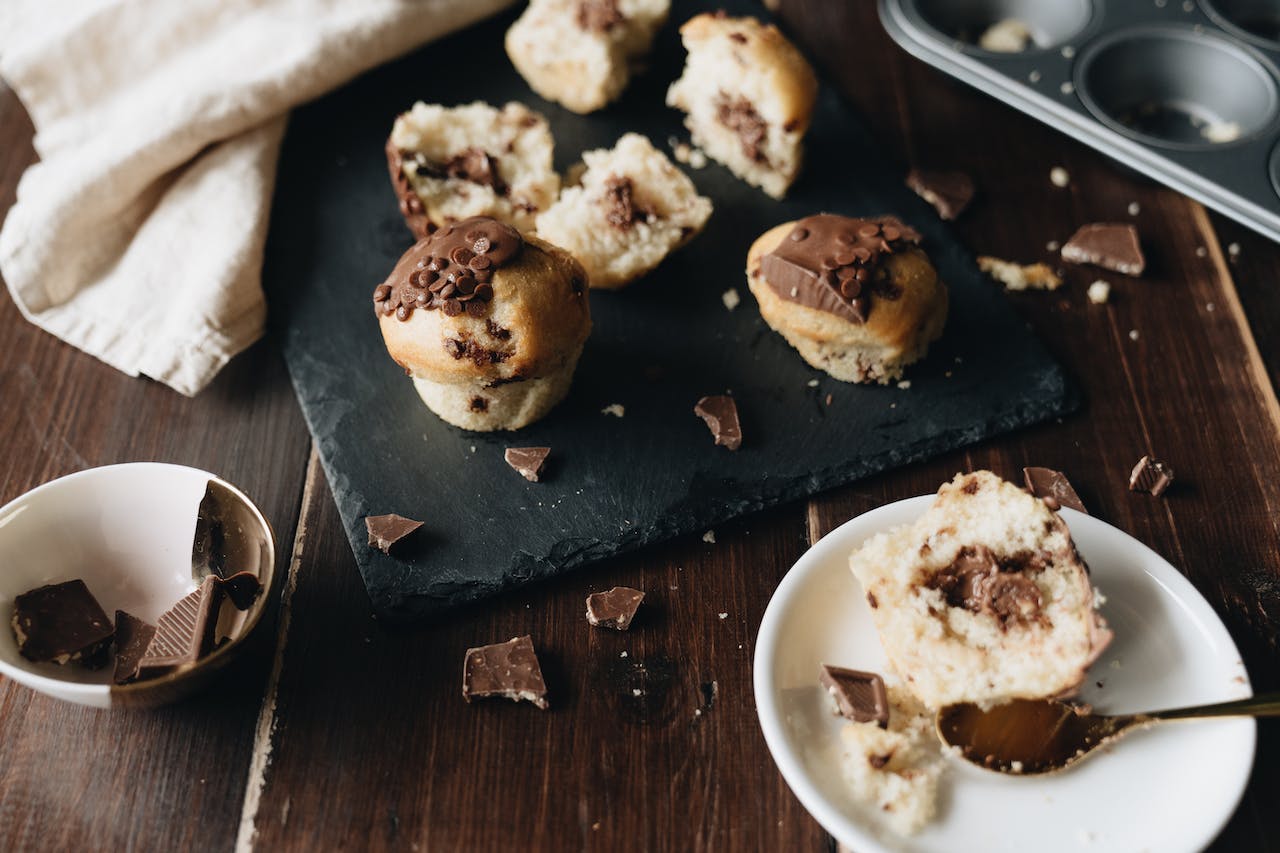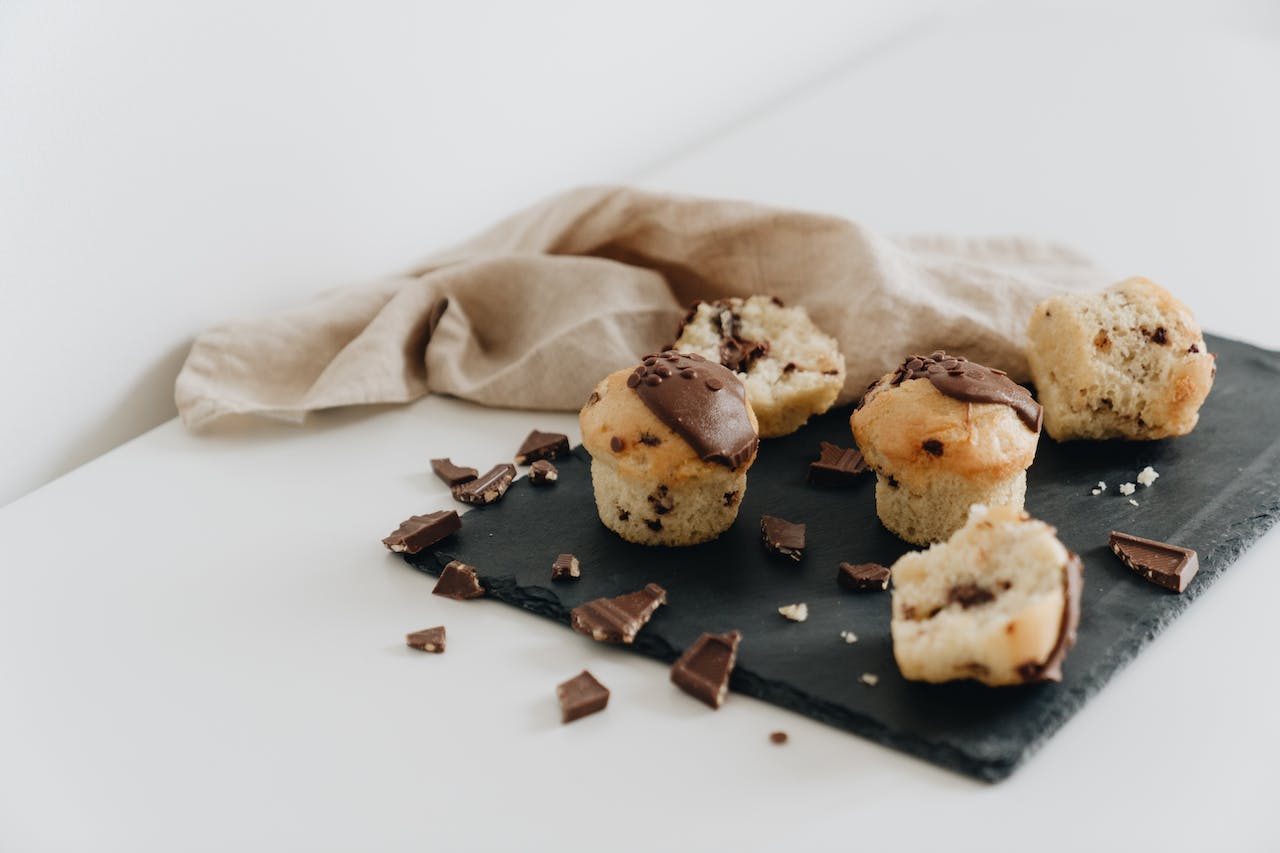Gluten Free Dairy-Free Egg Free Dessert Recipes
As someone who has personally navigated the challenges of a gluten-free and dairy-free lifestyle, I understand the importance of finding practical tips to make it easier. In this article, I’ll be sharing my top strategies for successfully embracing a gluten-free dairy-free diet. From ingredient swaps to meal planning, I’ll provide you with actionable advice to help you enjoy a flavorful and satisfying diet without feeling deprived.
Transitioning to a gluten-free dairy-free lifestyle may initially seem overwhelming, but with the right guidance, it can be a seamless process. In this article, I’ll be sharing my tried and tested tips for making the transition as smooth as possible. Whether you’re newly diagnosed with gluten or dairy intolerance, or simply looking to explore a healthier way of eating, these tips will empower you to make delicious and nutritious choices that align with your dietary needs.
Understand Your Dietary Needs
When it comes to making gluten-free, dairy-free, and egg-free dessert recipes, understanding your dietary needs is essential. Here are a few tips to help you navigate this lifestyle successfully:
1. Educate Yourself: Take the time to learn about the ingredients that contain gluten, dairy, and eggs. This will give you a better understanding of what to look for and avoid when creating your desserts. Familiarize yourself with alternative ingredients and substitutions that can be used in your recipes.
2. Read Labels: Always read food labels carefully to identify any potential gluten, dairy, or egg ingredients. Look out for terms like wheat, barley, rye, milk, butter, cream, eggs, and egg derivatives. Remember, even trace amounts of these ingredients can trigger a reaction, so it’s important to be diligent.
3. Experiment with Alternative Ingredients: There are plenty of gluten-free, dairy-free, and egg-free ingredients that can be used to create delicious desserts. Some popular alternatives include almond flour, coconut milk, applesauce, flaxseed meal, and mashed bananas. Don’t be afraid to experiment with these ingredients to find the perfect combination for your recipes.
4. Get Creative: Embracing a gluten-free, dairy-free, and egg-free lifestyle doesn’t mean sacrificing flavor or variety in your desserts. Get creative with your recipe choices and try new flavor combinations. Explore different cooking techniques and experiment with spices, herbs, and natural sweeteners to enhance the taste of your desserts.
5. Connect with Others: Join online communities or support groups of individuals following a similar dietary lifestyle. Sharing tips, recipes, and experiences with others can provide valuable insights and inspiration. You may even discover new techniques or ingredients that you hadn’t considered before.
Embracing a gluten-free, dairy-free, and egg-free lifestyle for desserts may require some adjustments, but with the right knowledge and creativity, you can enjoy delicious treats that cater to your dietary needs. Remember, understanding your dietary needs is the first step towards making satisfying and flavorful gluten-free, dairy-free, and egg-free desserts.

Read Food Labels Carefully
When it comes to making gluten-free dairy-free egg-free dessert recipes, one of the most important tips is to read food labels carefully. This step is crucial for ensuring that the ingredients you are using are truly gluten-free, dairy-free, and egg-free.
Here are a few reasons why reading food labels is essential:
- Avoid Hidden Gluten, Dairy, and Eggs: Many packaged food products contain hidden sources of gluten, dairy, or eggs. By carefully reading the labels, you can identify any potential allergens or ingredients that may not align with your dietary needs. Look out for terms such as “wheat,” “milk,” “butter,” “egg,” and their derivatives.
- Identify Cross-Contamination Risks: Cross-contamination is a common concern for those with food allergies or sensitivities. Even if a product is labeled as gluten-free, dairy-free, or egg-free, it may have been processed in a facility that handles these allergens. By reading the labels, you can determine if there is a risk of cross-contamination.
- Discover Suitable Substitutes: Reading food labels can help you discover suitable substitutes for gluten, dairy, and eggs. Look for ingredients that are safe for your dietary needs, such as gluten-free flours like almond flour or coconut flour, non-dairy milk alternatives like almond milk or coconut milk, and egg replacers like applesauce or flaxseed meal.
- Stay Informed About Nutritional Content: Reading food labels allows you to stay informed about the nutritional content of the ingredients you are using. This knowledge can help you make healthier choices and ensure that your desserts are not only delicious but also nutritious.
Remember, reading food labels is a habit that you should practice consistently. Ingredients and manufacturing processes can change over time, so it’s important to always double-check the labels before using any product in your gluten-free dairy-free egg-free dessert recipes.
Bob Duncan is the lead writer and partner on ConversationsWithBianca.com. A passionate parent, he’s always excited to dive into the conversation about anything from parenting, food & drink, travel, to gifts & more!

